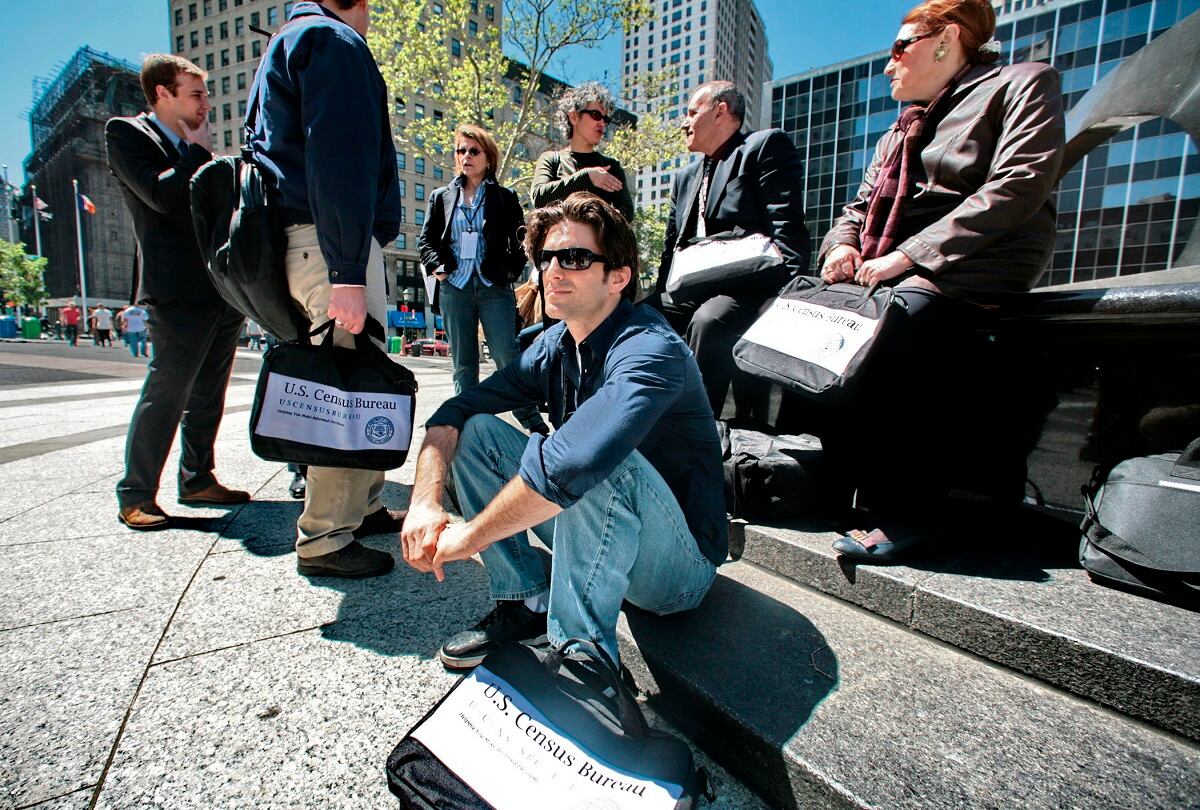With the 2020 headcount of all U.S. residents only five months away, a government watchdog agency pointed to both technology and workforce issues that could impact whether or not the U.S. Census Bureau will be ready.
The Government Accountability released a report Oct. 31 assessing the bureau’s preparation for the 2020 Census, calling progress “generally on track to meet key deadlines.” However, two key requirements for success are behind schedule, which could grow into a significant problem if not addressed.
IT progress a mixed bag
Census Bureau — charged with administering the decennial count — has 15 systems potentially following behind development and testing milestones.
The systems, which play various roles in six of 16 operational deliveries designated for census completion, add “uncertainty to a highly compressed time frame for completing system development and testing work over the next 7 months," the GAO wrote.
RELATED

The systems considered at risk perform various functions, including customer support during “self-response,” or responding to the census online. Other functions include data collection, business and support automation, customer support and field operations.
The GAO also found that the Census Bureau had progressed on IT security assessments, with 48 of its 52 total systems authorized to operate through the count. Three systems either need to be reauthorized or do not currently have ATOs. One system doesn’t need an ATO.
“Going forward, it will be important that the bureau effectively manages these system risks to better ensure that it meets near-term milestones for system development and testing, and is ready for the major operations of the 2020 Census,” the GAO wrote.
Workforce shortfalls
The Census Bureau has also struggled to hire and keep the number of temporary employees it needs, despite plans for fewer of such personnel in the 2020 count.
“The bureau is experiencing delays in hiring for early operations, citing delays in processing background clearances and greater than expected attrition,” GAO wrote.
The bureau anticipated that 60 percent of those applicants that accepted a job offer would complete the fingerprinting, background investigation and training process. In reality that number was only 32 percent.
RELATED

For example, the agency expected to have 40,300 listers – those employees that canvass houses to confirm addresses – by September 2019, but only managed to onboard 31,151 by that time.
“Though address canvassing productivity was higher than expected, based on our observations, in some parts of the country the operation was at risk of falling behind because of a shortage of listers. The Bureau told us it had to fill the gap with listers who lived well outside of the area they were supposed to work—in some cases from a different state,” GAO wrote.
Background investigation wait times have dogged many agency hiring efforts, as potential employees may choose to back out of a job that they are unable to start right away because of the time it takes to process a clearance.
In the Census Bureau’s case, the background investigation problem is due to another staffing shortage as the agency reported that it did not have enough personnel early on to review clearances, particularly those applications that had been incorrectly filled out.
The agency then began to bring on 130 temporary staff in February 2019 to expedite the application review process.
“The Bureau plans to address these challenges by adapting its hiring and onboarding process for peak operations in May 2020, including recruiting more applicants, expanding the number of locations for selected applicants to get fingerprinted and providing additional training for replacement hires,” GAO wrote.
Despite the challenges, an overall checkmark for progress by GAO is good news for the bureau, after being placed on the GAO’s high risk list in 2017 for “significant concerns” about its development and acquisition operations.
Andrew Eversden covers all things defense technology for C4ISRNET. He previously reported on federal IT and cybersecurity for Federal Times and Fifth Domain, and worked as a congressional reporting fellow for the Texas Tribune. He was also a Washington intern for the Durango Herald. Andrew is a graduate of American University.
Jessie Bur covers federal IT and management.





